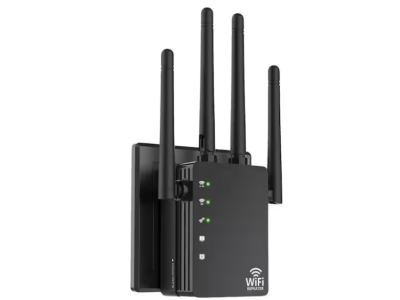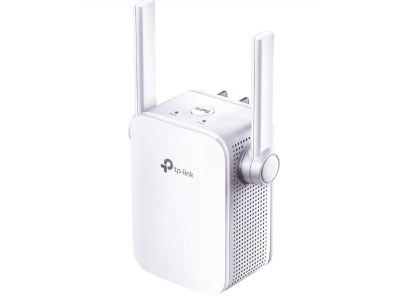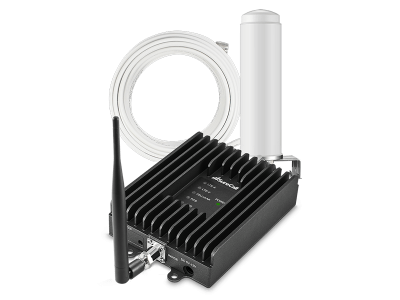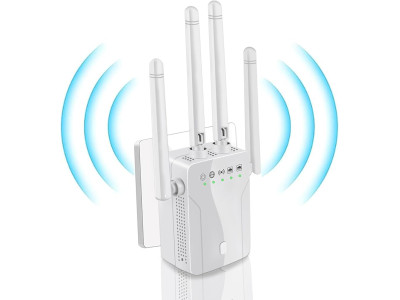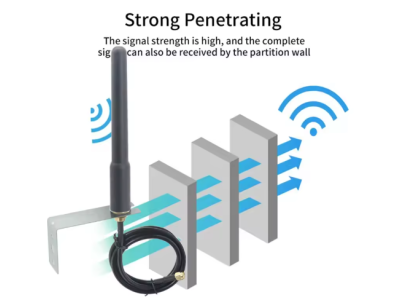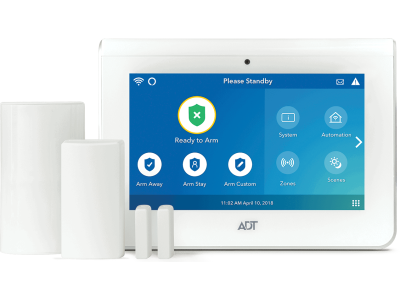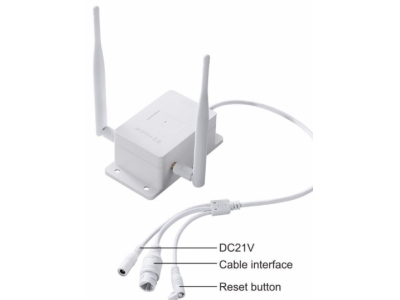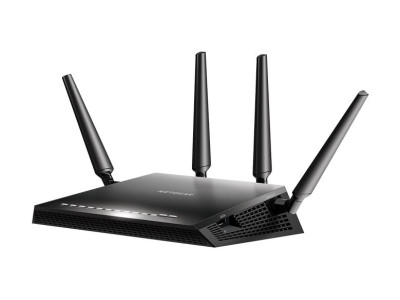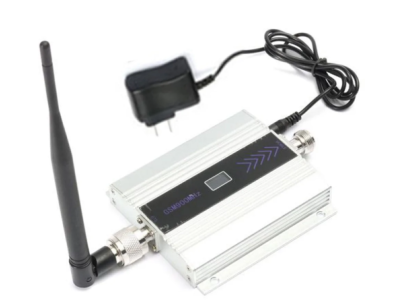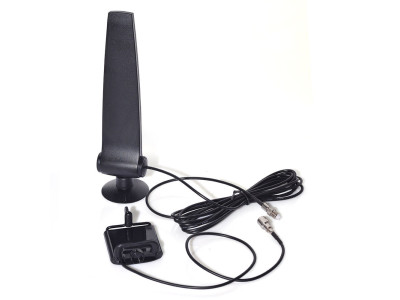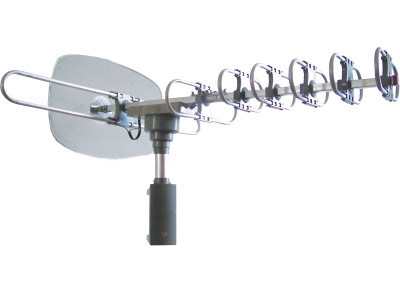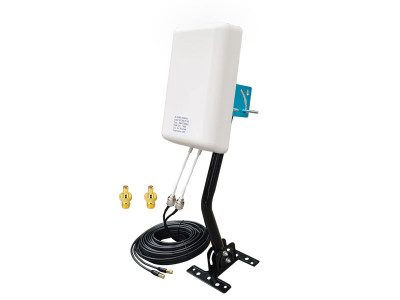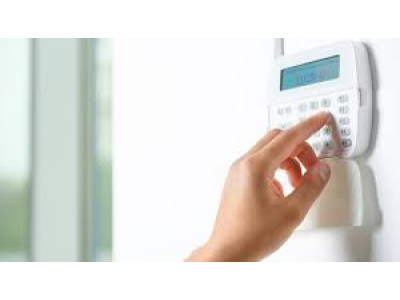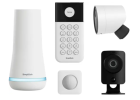
Wireless Security Systems & Equipment: Modern Technologies for Reliable Safety
Wireless data transmission technologies have become a cornerstone of modern security systems, video surveillance, access control, and telemetry in the USA. With the rapid evolution of these technologies, selecting the right wireless solution for your specific needs can be challenging. At safsale.com, we offer a wide range of wireless devices that meet American standards and ensure robust performance. In this guide, we break down the key standards, highlight their advantages and limitations, and provide recommendations for practical applications.
GSM & GPRS Systems
GSM Technology
- Overview:
GSM is widely used not only for cellular communication but also for transmitting various types of data. Manufacturers integrate GSM modules into devices for video surveillance, security systems, and access control. - Key Advantages:
- Independence from Landlines: No need for wired telephone lines
- Broad Coverage: Suitable for installations anywhere within mobile network range
- Interoperability: Devices from different manufacturers share common protocols and standards
- Scalability: Easily build complex security and access control networks
- Quick Installation & Deployment: Faster setup and commissioning
- Mobility & Flexibility: Central control units can be moved, and systems can be scaled seamlessly
- Standards:
GSM 900/1800 offers extensive coverage across the USA, though network quality may vary by region.
GPRS Technology
- Enhancement over GSM:
GPRS builds on GSM, enabling packet-based data transmission at speeds up to 171 Kbps—suitable for many security applications. - Hybrid Devices:
Most modern devices combine GSM and GPRS functionalities, ensuring flexibility and improved data transfer.
Note: While GSM/GPRS are excellent for alarm and basic data transmission, their lower data speeds can be a limitation for real-time video surveillance.
Bluetooth, ZigBee & WiFi Systems
Bluetooth
- Functionality:
Bluetooth offers a compromise between speed and range while maintaining energy efficiency. - Classes:
- Class 1: Up to 100 meters, 100 mW
- Class 2: Approximately 10 meters, 2.5 mW
- Class 3: Around 1 meter, 1 mW
- Applications:
Widely used in consumer electronics for multimedia and data exchange, Bluetooth also supports a variety of security applications. - Profiles:
Bluetooth uses standardized profiles (e.g., GAP, A2DP) to ensure compatibility between devices.
ZigBee
- Overview:
ZigBee is engineered for low-power, low-data-rate applications, offering excellent range within direct line-of-sight and creating complex mesh networks. - Key Features:
- Energy Efficiency: Ideal for battery-powered devices
- Scalability: Supports networks with thousands of nodes
- Application Profiles:
- Home Automation: For smart home devices (lighting, HVAC, multimedia)
- Smart Energy: For automated metering and energy consumption tracking
- Data Rates:
Theoretically up to 250 Kbps, though real-world useful throughput often does not exceed 30 Kbps due to network overhead.
WiFi
- Overview:
Developed for local wireless networking, WiFi is ubiquitous in commercial environments and public spaces such as cafes. - Standards:
While older standards like 802.11b are fading, current deployments often utilize 802.11n or 802.11ac, offering high-speed data transfer that supports video streaming and robust connectivity. - Applications:
Essential for high-bandwidth applications and widely adopted for surveillance, business networks, and smart devices.
Radio Frequency (RF) Systems: 434/868 MHz
Overview of RF Systems
- Frequency Range:
Devices operating at 434/868 MHz are available for wireless data transmission when Bluetooth, ZigBee, or WiFi cannot meet the requirements. - Key Advantages:
- Extended Range: Can transmit data up to 10 km under ideal conditions
- Lower Energy Consumption: Some devices may operate for up to 10 years on a single battery
- Better Penetration: Lower attenuation allows radio waves to bend around obstacles more effectively
- Limitations:
The maximum data rate is typically limited to a few hundred kilobits per second. Additionally, there is no universal standard for RF communication in this frequency range, as each manufacturer often develops its own protocol stack.
Applications:
- Access Control Systems:
Used in security systems for controlling door access, vehicular alarms, and contactless card readers. - Consumer Electronics:
Applied in remote controls, pagers, and smart home devices. - Smart Home & IoT:
Ideal for home automation systems where low data rates and long battery life are paramount.
⚙️ Comparison & Integration in Modern Security Systems
Wireless technologies each have their niche:
- GSM/GPRS: Excellent for remote alarm signaling and basic data transmission.
- Bluetooth: Ideal for short-range, low-energy applications.
- ZigBee: Perfect for scalable smart home networks and sensor networks.
- WiFi: Best for high-speed data requirements, including video streaming.
- RF 434/868 MHz: Offers extended range and low energy consumption for specialized applications like access control.
Selecting the right technology depends on your specific requirements—whether it's for video surveillance, access control, or general telemetry. Often, hybrid solutions that combine multiple standards yield the best performance.
Pro Tip:
Always consider network compatibility and environmental factors when integrating wireless systems. At safsale.com, our experts help tailor systems that meet both technical needs and budget constraints in U.S. installations.
Conclusion
Wireless security systems are revolutionizing the way we secure homes, businesses, and industrial facilities across the United States. From GSM and GPRS for broad-area communication to Bluetooth, ZigBee, and WiFi for localized connectivity, and RF solutions operating at 434/868 MHz for long-range, low-power applications, each technology offers distinct advantages and trade-offs.
By understanding these standards and their operational characteristics, you can design a wireless security system that maximizes reliability, scalability, and efficiency. For high-quality wireless devices that meet American standards—complete with seamless integration and competitive pricing—visit safsale.com. Upgrade your security infrastructure today and experience the future of wireless protection ???
Explore our products now and secure your property with the latest wireless technology!
